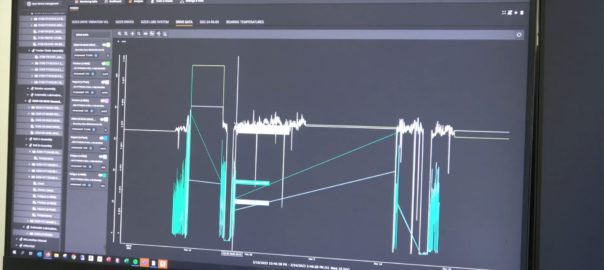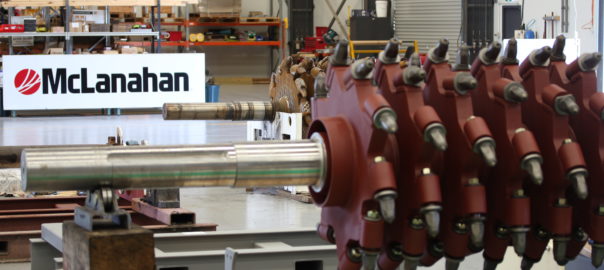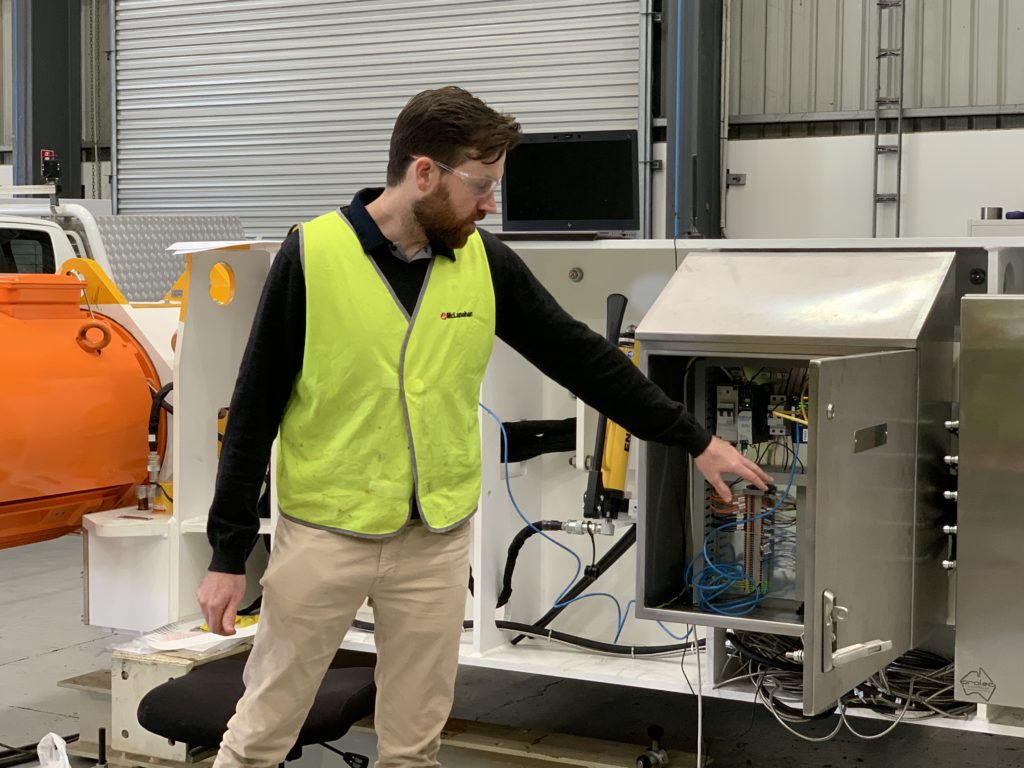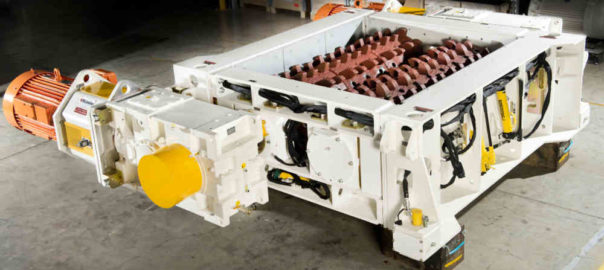McLanahan has developed a condition monitoring program to help customers keep an eye on the health of their machines.
McLanahan developed the condition monitoring package for three primary reasons: to allow customers to understand the health of their machine, to allow McLanahan technicians the ability to dial into the machine remotely and to pass any data back to the McLanahan engineering team to improve future machine designs.
“It allows us to better understand the condition of the machine out in the field so that we can better service our clients in terms of purchasing spare parts or scheduling maintenance on the machine,” Daniel Fairwebster, Electrical Design Manager, explained.
“Condition monitoring is typically a slow-moving animal, so we’re looking at trends over a long period of time to actually see how the machine is performing, but because it’s a real-time operating system, we do have the data immediately, so if there is something that happens unexpectedly, we do get that data and can generate a report as it happens.”
The condition monitoring program is a modular package that consists of sensors strategically placed around the machine. These sensors are connected to a remote data communication device that sends the data back to McLanahan. From there, McLanahan technicians interpret the data and share it with the customers to improve their maintenance programs.
“Customers can then take their maintenance strategy from planning just based on a calendar event to actually determining whether the machine does require some form of maintenance,” Fairwebster said. “They can potentially push out maintenance windows or they could bring them forward, depending on the condition of the machine. That can help reduce unplanned downtime and the like.”
The condition monitoring package can be added on any existing machine or installed as part of a new build, according to McLanahan. It can be tailored to fit any size operation and to monitor a variety of machine component conditions, including temperature, vibration, pressure and more.
“The McLanahan condition monitoring package can be installed on the full suite of McLanahan equipment, from the smallest machine to the largest machine,” Fairwebster said. “We can offer a machine with a basic level of package, which a basic level of instrumentation, and we can scale it up accordingly as required.”
He concluded: “The McLanahan condition monitoring is our commitment to our customers that we are supporting them to reliably operate our equipment, and we’re utilising that to improve our machines in the future.”















